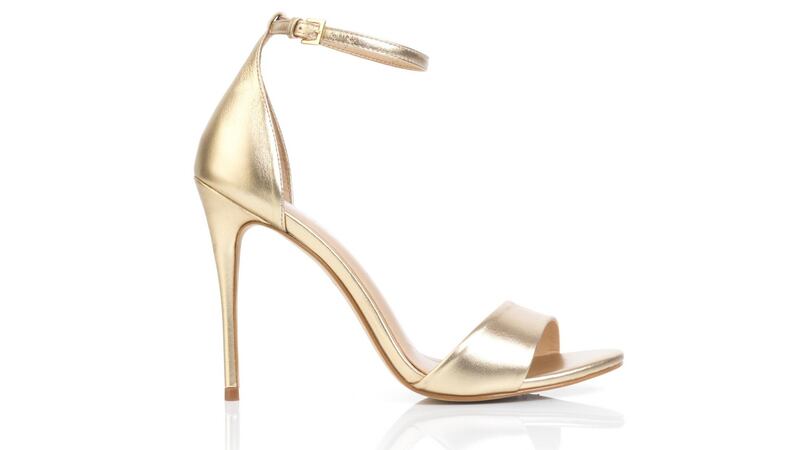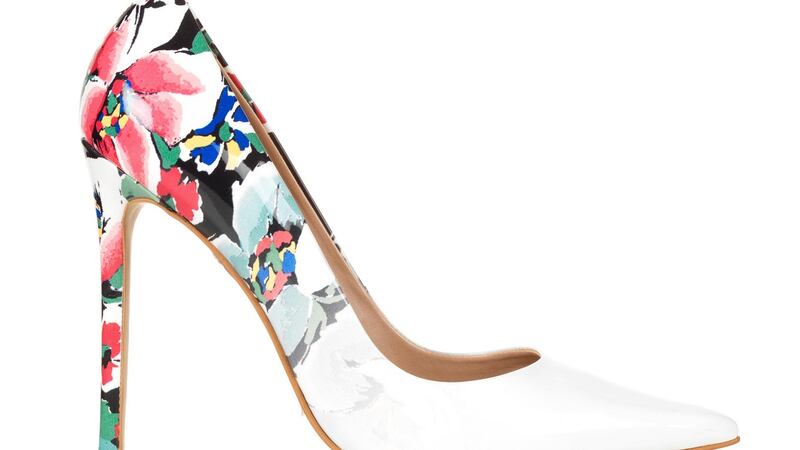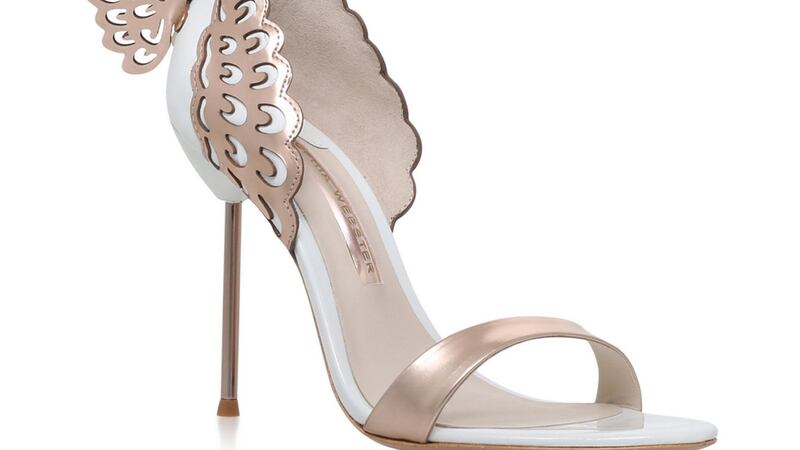When Meghan Markle walked down the aisle in St George's Chapel, Windsor, to marry Prince Harry, all eyes were on what she wore. A triumph of simplicity over decoration, the dress – a graphic open bateau three-quarter sleeve design by British designer Clare Waight Keller for Givenchy – reflected Markle's sleek, streamlined style.
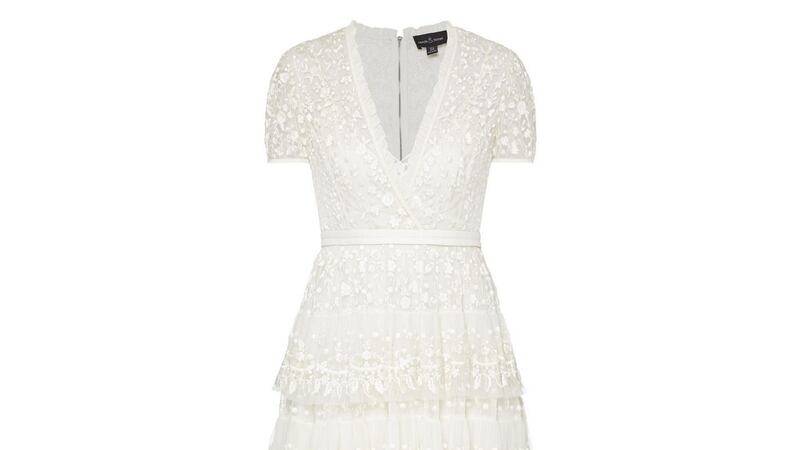
When Kate Middleton emerged from her car in April 2011 in Sarah Burton’s lace bridal gown with its long train, a look which took its style inspiration from the one Helen Rose designed for Grace Kelly, it set trends – long sleeves, lace detailing – that continue to influence bridal wear today.
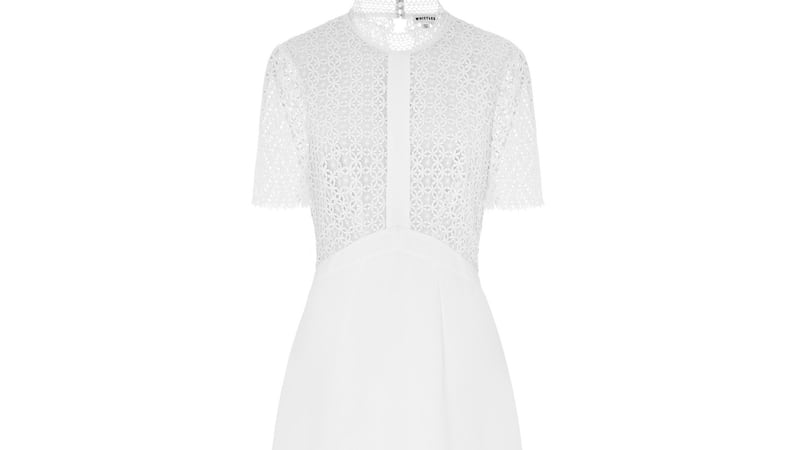
That dress cost £250,000 (€284,000), making it one of the most expensive ever created, though putting it on display later raised £8 million for charity. Markel’s dress will be forensically scrutinised and the designer who made it will be thrust into the spotlight. The cost of her dress is also bound to be higher than the general cost of a wedding dress (calculated nowadays at about €1,600-€2,000).
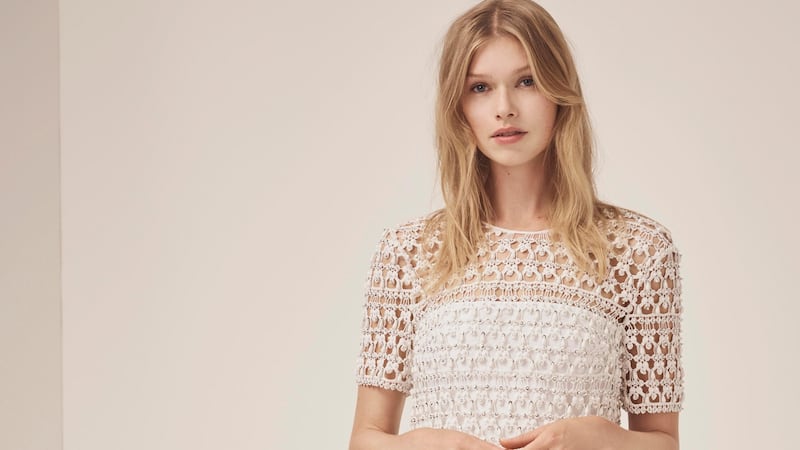
Given that the average cost of a wedding today, including a honeymoon, is €24,000, the bride’s dress is one of the main financial items. For one day, that’s a big spend and trussed-up affairs that cost a fortune and are worn only once do not tick sustainability boxes.

Many savvy modern brides are thinking about spending less on the dress and more on shoes, bags or jewellery that they can wear again in a cost per wear equation.
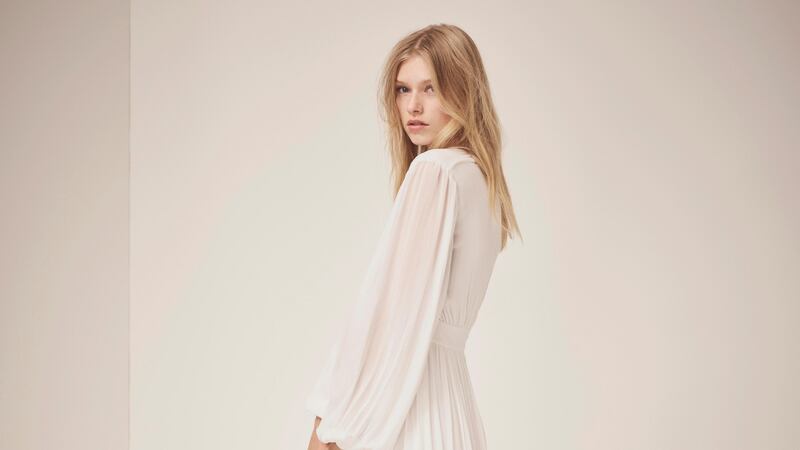
Here are some examples of dresses and bridal accessories that might start those tying the knot thinking about other options that will remain wearable and memorable.
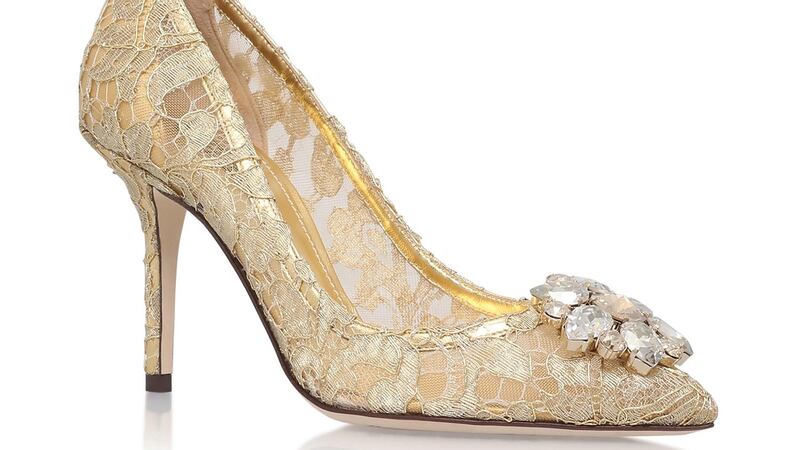
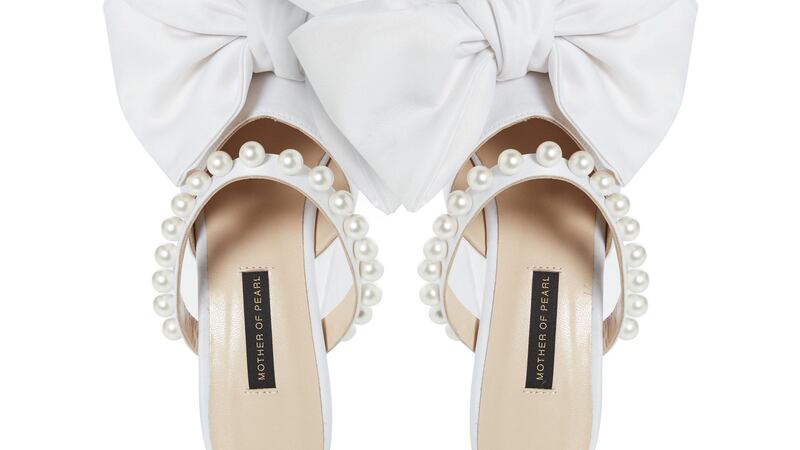
When it comes to wedding dress trends, blush may now be the new ivory, but there is no need to see red for that ultra special guna. Its emotional value in the end will far outweigh its financial one.
